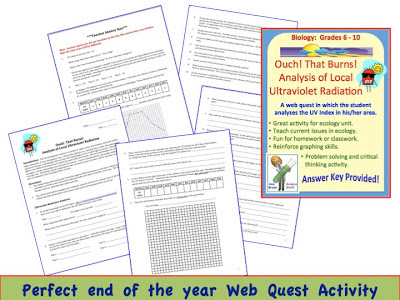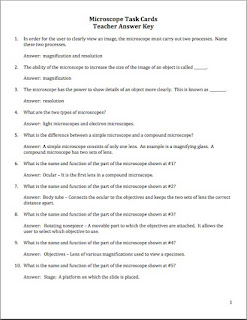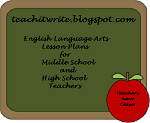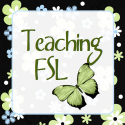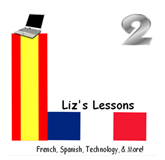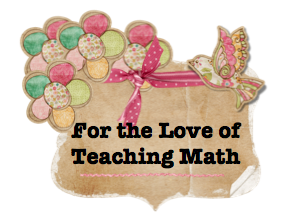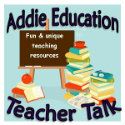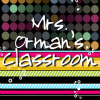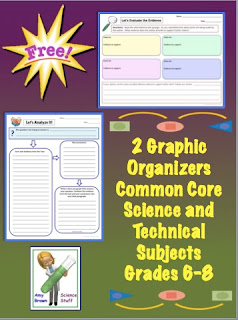This fun lab simulation should guarantee that your students understand the Hardy Weinberg Principle!
(I hope!)
I talk to a lot of biology teachers. Everyday. Some are in my school, some are at other schools in my district, others I know "virtually" from various message boards that I read and post to. Through these communications, I have come to realize that many biology teachers do not include the Hardy-Weinberg Principle in their lesson planning.
I know that all biology teachers have their own "order of events" but for me a unit on genetics, followed by my unit on evolution is perfect. In fact, I would be hard pressed to do it any other way. The Hardy-Weinberg Principle is the link between genetics and evolution. It is the proof that we offer to our students that populations are constantly changing and evolving. It allows us to mathematically show that the frequency of a particular allele in a population can change over time.
Simply put: Evolution is any change in the frequency of alleles in a population.
Evolution is the result of changes in the gene pool.
Two men, G. H. Hardy and W. Weinberg, proposed a mathematical model for detecting changes in the gene pool.
The Hardy-Weinberg Principle states: “In the absence of mutation, migration, and natural selection, and in a population that is sufficiently large, the frequencies of alleles will remain the same.”
The Hardy-Weinberg Principle is represented in the equation:
No population is free of these agents of change. The Hardy-Weinberg equation is used to detect changes in the population from one generation to the next. Since no population in nature is free of mutations, migrations, and natural selection, and since mating is rarely completely random in nature, of what value is the Hardy Weinberg Principle? It allows us to detect changes in the gene pool, and therefore, determine that a population is in a state of change....Evolution!
My experience with my own students is that some of them have a little trouble grasping this concept. After introducing the topic and working through quite a few practice problems, I do a simulation lab.
Purpose:
1. To simulate how changes in the gene pool might occur by using the class as a breeding population of individuals.
2. To observe how the Hardy-Weinberg equation is used to detect changes in allele frequencies in a population.
Materials: PTC test papers, Calculator, Allele cards, Coins, Pencil and paper
Safety Precautions: None
The student handouts for this lab are numerous.....12 pages! I usually run off a class set and have students record all of their information on notebook paper. I use the class set throughout the day, and then I file them away for use the next year.
I have also included an 11-page teacher guide. The teacher guide has tips and tricks for making the lab successful as well as answers to questions and solutions to problems. Sample data is included to give you an idea of what to expect in the simulation.
Students begin the lab by determining the frequency of an allele in the class population. I like to use PTC paper to determine if students are tasters or nontasters. But if PTC paper is not available, you can choose another trait such as the presence or absence of dimples, or the ability to roll the tongue. From the number of recessive individuals in your class, the value of q can be determined. From that point, the students will determine what percentage of the class is homozygous dominant and heterozygous for the given trait.
Next, students will run three simulations: (1) Testing the Hardy-Weinberg Principle, (2) Testing the Hardy-Weinberg for Selection Pressure, and (3) The Heterozygote Advantage.
Students will begin the simulation as heterozygous individuals and will use allele cards to generate offspring. Students proceed through several generations of "mating" and the data is used to test the different conditions of the Hardy-Weinberg Principle.
During each simulation, students will determine the frequency of the dominant and recessive allele and note how the frequency of p and q change in various scenarios. The lab concludes with follow up questions and 8 additional practice problems involving the Hardy-Weinberg equation.
The end result? My students have mastered the concept and are able to work problems involving the Hardy-Weinberg equation.
Good luck, and have fun teaching!


















